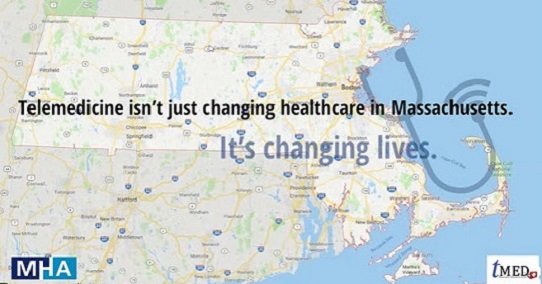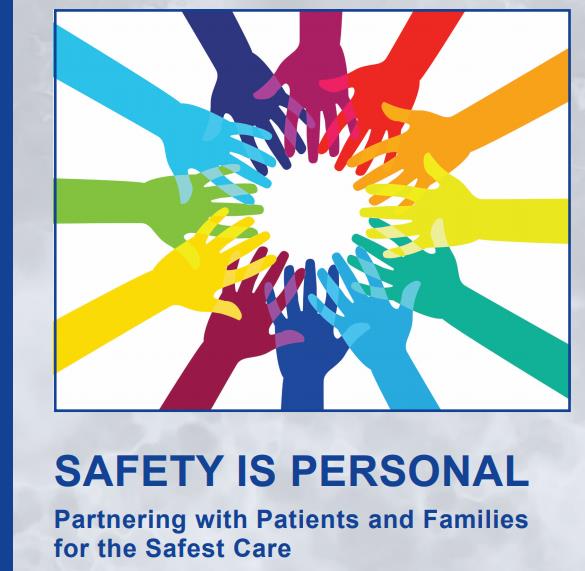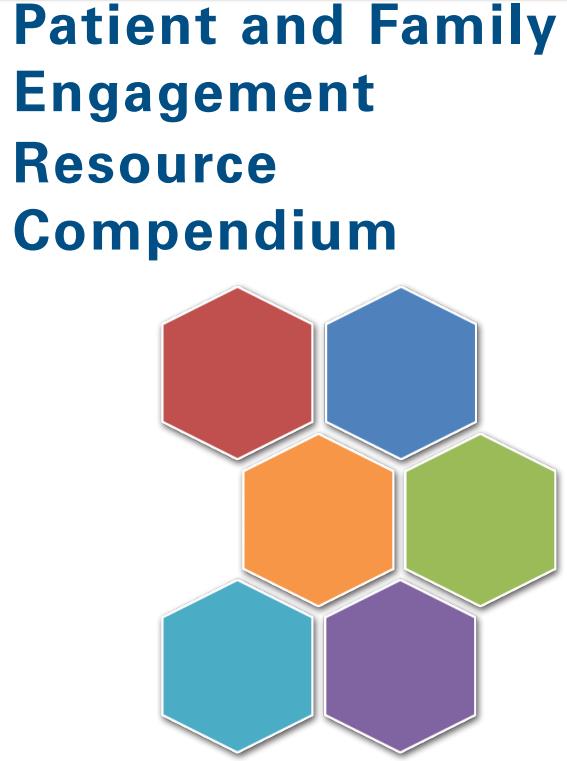Safety is Personal - Partnering with Patients and Families for the Safest Care
The National Patient Safety Foundation's Lucian Leape Institute - Report of the Round-table on Consumer Engagement in Patient Safety
Health Literacy & Patient and Family Engagement
Limitations in health literacy can be common among vulnerable populations, including minorities, elderly, low income and English as a second language.
Most people do not have formal medical education and training and will have less understanding of medical terms, treatments, and medications. Challenges to health literacy are further exacerbated by:
- Language barriers
- Limited education/literacy
- Cultural beliefs
- Poorly designed medical materials (difficult to interpret/understand)
- Poor communication with caregivers

The Institute for Patient- and Family-Centered Care
The Institute for Patient- and Family-Centered Care serves as a resource for patient and family leaders, clinicians, administrators, educators, researchers, and facility designers who are interested in advancing the practice of Patient- and Family-Centered Care. The Institute is proud to offer many Tools for Change.
 AHRQ's Guide to Strategies for Patient and Family Engagement in Hospital Quality and Safety
AHRQ's Guide to Strategies for Patient and Family Engagement in Hospital Quality and Safety
Research shows that when patients are engaged in their health care, it can lead to measurable improvements in safety and quality. To promote stronger engagement, Agency for Healthcare Research and Quality developed the Guide to Patient and Family Engagement in Hospital Quality and Safety, a tested, evidence-based resource to help hospitals work as partners with patients and families to improve quality and safety.
 AHA's Strategies for Leadership: Patient-and Family-Centered Care
AHA's Strategies for Leadership: Patient-and Family-Centered Care
Patient- and family-centered care is an approach to the planning, delivery and evaluation of health care that is grounded in mutually beneficial partnerships among patients, families, and health care practitioners. By truly partnering with patients and families - not only involving them in decisions about their care, but also gaining the benefit of their help and insights to better plan and deliver care - patients can achieve better outcomes, and hospitals can improve the care for all patients and increase staff satisfaction.
To help hospitals become more patient- and family-focused in their care practices, the AHA partnered with the Institute for Family-Centered Care, a non-profit organization that serves as a resource for consumers, practitioners and policymakers who want to advance the practice of family-centered care, to produce the toolkit Strategies for Leadership: Patient- and Family Centered Care.
HRET's Patient and Family Engagement Resource Compendium
By partnering with patients, their families and other caregivers, hospitals can improve the quality and safety of health care, reduce costs, increase employee satisfaction and improve the patient experience. Define patient and family engagement as “patients, families, their representatives, and health professionals work in active partnership at various levels across the health care system—direct care, organizational design and governance, and policy making—to improve health and health care.” This definition acknowledges that PFE represents a continuum of strategies and interventions that can occur at the bedside, in the board room and in the community. Partnering with patients and families has many cascading benefits related to health care quality, patient activation and elimination of health care disparities. It can transform organizational culture in profound ways.
The HRET developed this resource compendium to help link PFE concepts and strategies to available resources. This compendium highlights the array of resources that can support hospital efforts to partner with patients and families and provides some recommendations on how the available resources can be used. The website addresses for each resource are hyperlinked from the title, and the titles in the table of contents are bookmarked within the document to ease navigation.
The compendium’s topics include:
- Leadership
- Assessments
- Patient and family advisory councils
- Quality improvement
- Bedside rounding
- Nursing bedside shift report
- Family presence policies
- Discharge planning

Heywood Healthcare is Bringing Telehealth into its Local Schools
Telemedicine is changing lives - including for students in North Central Massachusetts. Click here to learn more about Heywood Healthcare's Tele Behavioral School Base Counseling Program. ...» Full Article
Suicide Prevention Resources for Clinicians & Patients
Medical professionals care. They also experience higher rates of burnout and depressive symptoms than the general population. In fact, suicide is estimated to be the second leading cause of death for medical residents, and American doctors take their lives at twice the rate of the general population. Samaritans, Inc. is here for you – and for your patients. The mission of Samaritans is t...» Full Article
South Shore Medical Center’s Quincy Location is Now Open!
Take a look at South Shore Medical Center’s new state-of-the-art facility, located in the heart of Quincy Center at 1495 Hancock Street. ...» Full Article
MHA – They Come to Us
In our patients' greatest time of need, in times of joy and celebration, they come to us. Watch Video here ... ...» Full Article
AHRQ’s April 2018 Guide for Patients & Family Engagement
The Guide to Improving Patient Safety in Primary Care Settings by Engaging Patients and Families is a resource to help primary care practices partner with patients and their families to improve patient safety. The Guide includes materials and resources to help primary care practices implement patient and family engagement to improve patient safety. ...» Full Article
MHQP’s Adult Preventive Care Guidelines
About the MHQP Adult Preventive Care Guidelines MHQP's 2018 guidelines were developed by a collaborative group of Massachusetts healthcare organizations. These are recommendations for providing preventive care to adult patients from the general population. These guidelines should not supplant clinical judgment or the needs of individual patients. These guidelines are inten...» Full ArticleTranslate »



